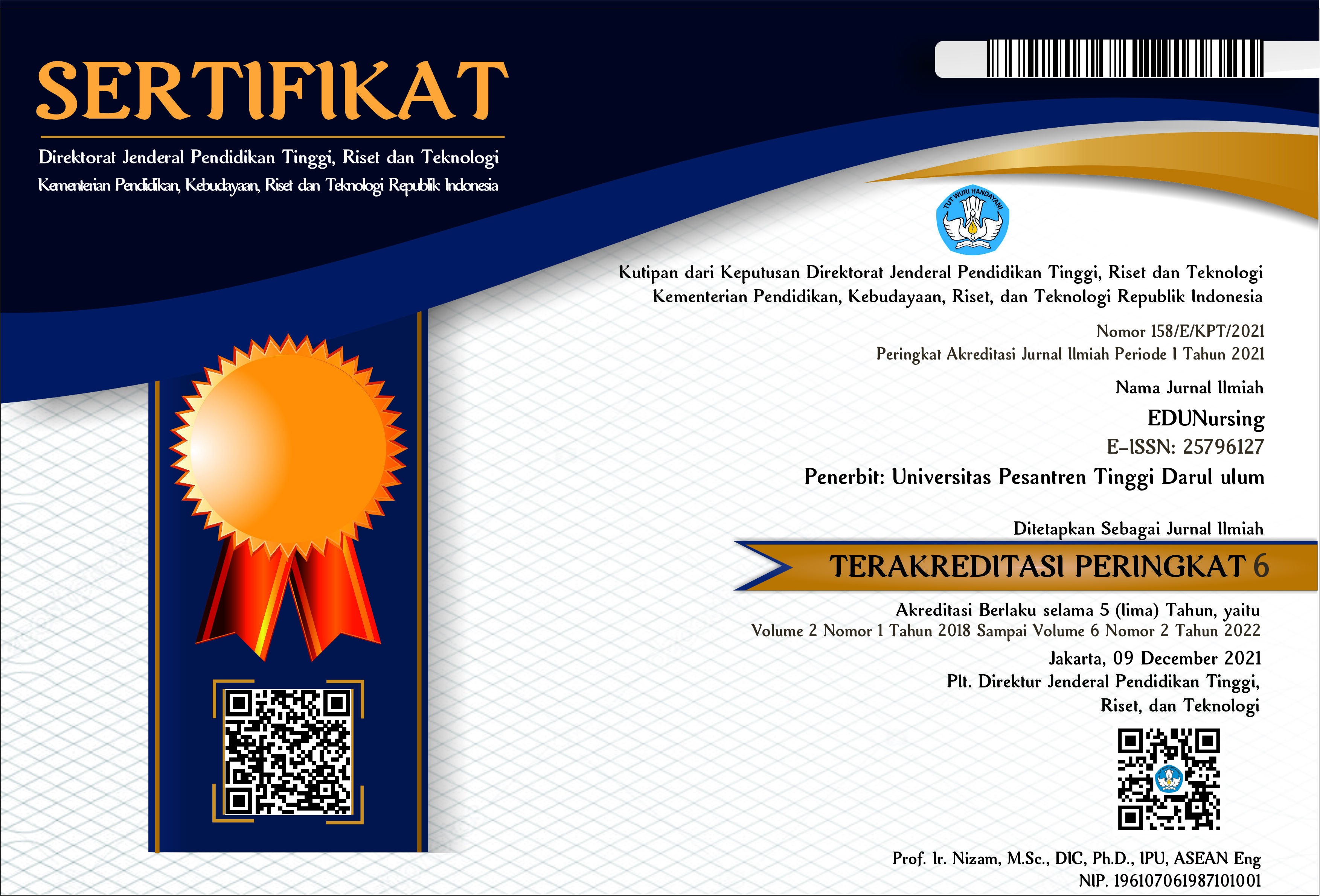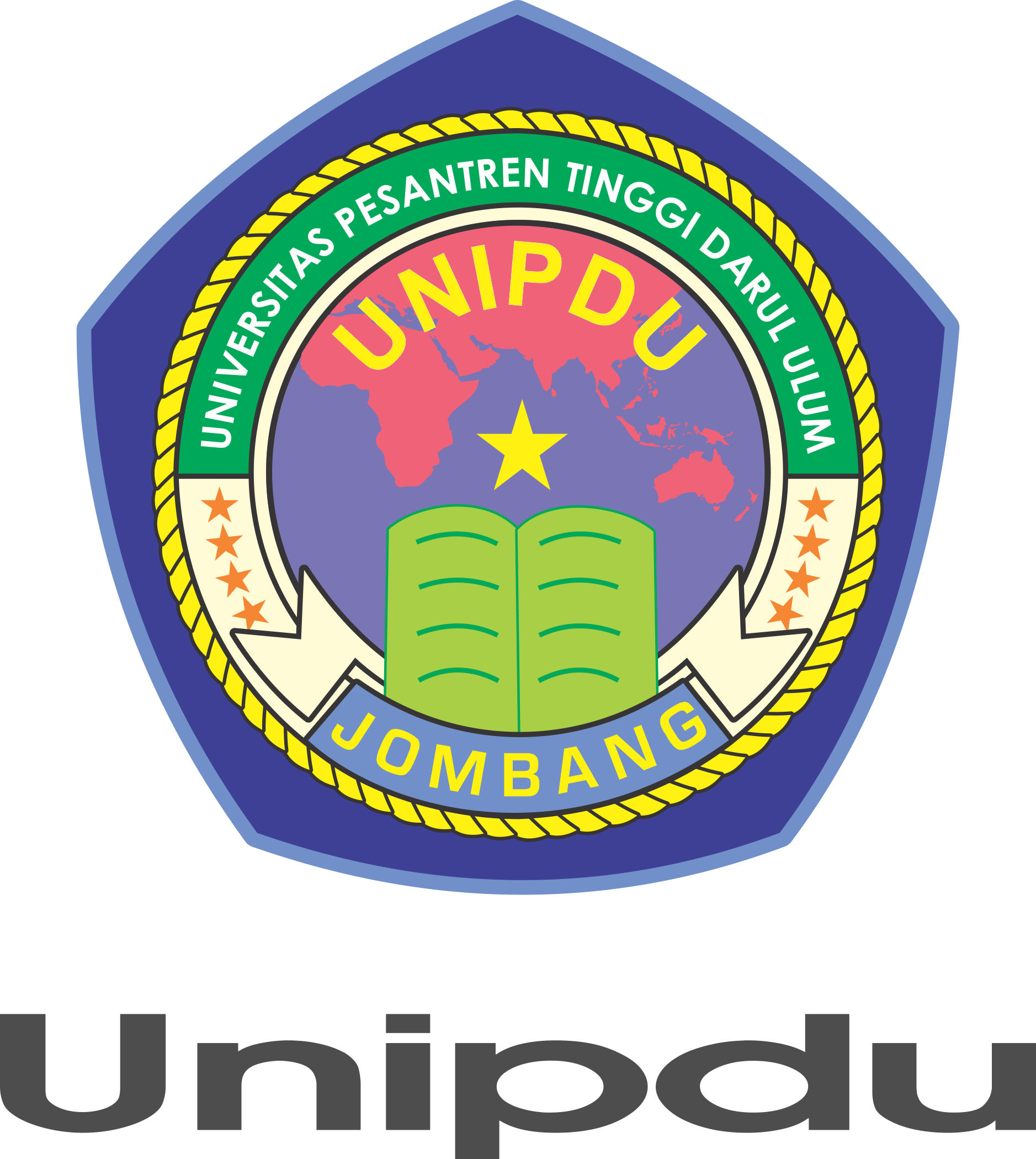PENERAPAN METODE PEMBELAJARAN PEER ASSISTED LEARNING (PAL) PADA SKILLS LAB DAN OBJECTIVED STRUCTURED CLINICAL EXAMINATION (OSCE) : A LITERATUR REVIEW
https://doi.org/10.26594/edunursing.v3i1.1829
Abstract
Objective Structured Clinical Exam (OSCE) is a method used to evaluate the learning outcomes of clinical skills of the students which are objective and comprehensive. The aim of the OSCE is to introduce the clinical situations and conditions on the actual field to the students. One of the methods to increase the students’ passing rate is the Peer Assisted Learning (PAL) learning system. PAL is a learning method, which uses peers who are appointed as tutors to help tutee (group friends, peers) in a small group. This study aims to describe the use of PAL in Skills Laboratorium and OSCE. The results of the literature review show that most anxiety can be reduced by using the PAL method, as compared to other learning methods, so that it directly affects the value, increases the level of confidence, and makes it easier for students to learn. This method is expected to be applied in laboratorium skill learning for OSCE preparation, because of its very positive influence.
Keyword:Peer Assisted Learning, OSCE, Skills Lab
References
DAFTAR PUSTAKA
Melcher, P., Zajonz, D., Roth, A., Heyde, C., Ghanem, M (2016). Peer Assisted teaching student tutors as examiners in an orthopedic surgery OSCE station – pros and cons. GMS Interdisciplinary Plastic and Reconstructive Surgery DGPW 2016, vol. 5, ISSN 2193-8091
Cole, JD., Ruble, MJ., Donelly, J., Groves, B (2018) Peer Assisted Learning: Clinical Skills Training for Pharmacy Students. American Journal of Pharmaceutical Education 2018; 82 (6) Article 6511
Green P. In and Beyond the Classroom A Literatur Review of Peer Assisted Lerning (PAL). National HESTEM Programme. 2011.p.1-8.
Burgess A, McGregor D, Mellis C. Medical students as Peer tutors: a systematic review. BMC Med Educ. 2014;14(1) 1-8.
Suyanto, Isrovianingrum, R (2018). Kecemasan mahasiswa perawat sebelum mengikuti ujian ketrampilan di laboratorium. Journal of Health Sciences, vol. 11 No. 2, Agustus 2018, 97-10.
Downloads
Published
How to Cite
Issue
Section
License









